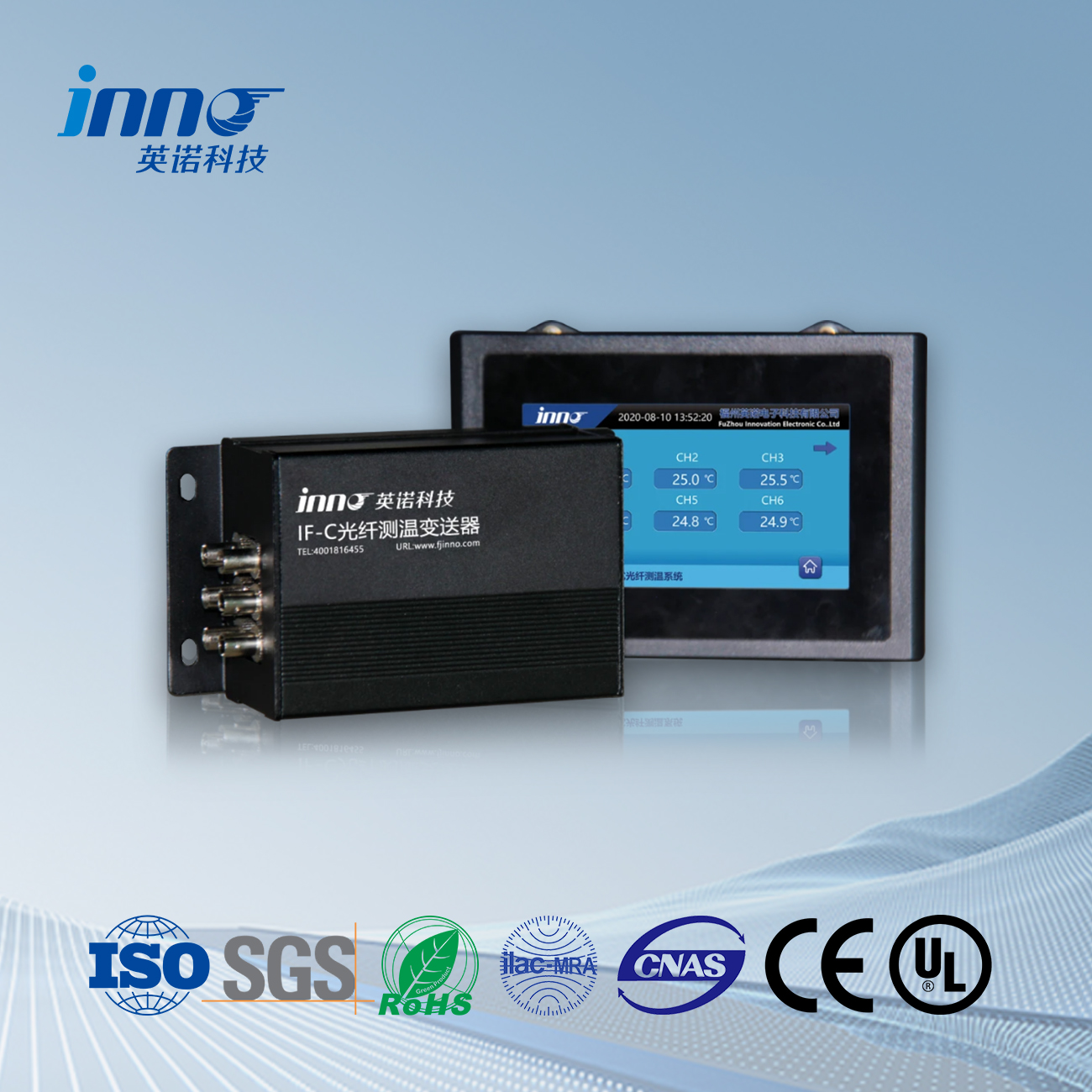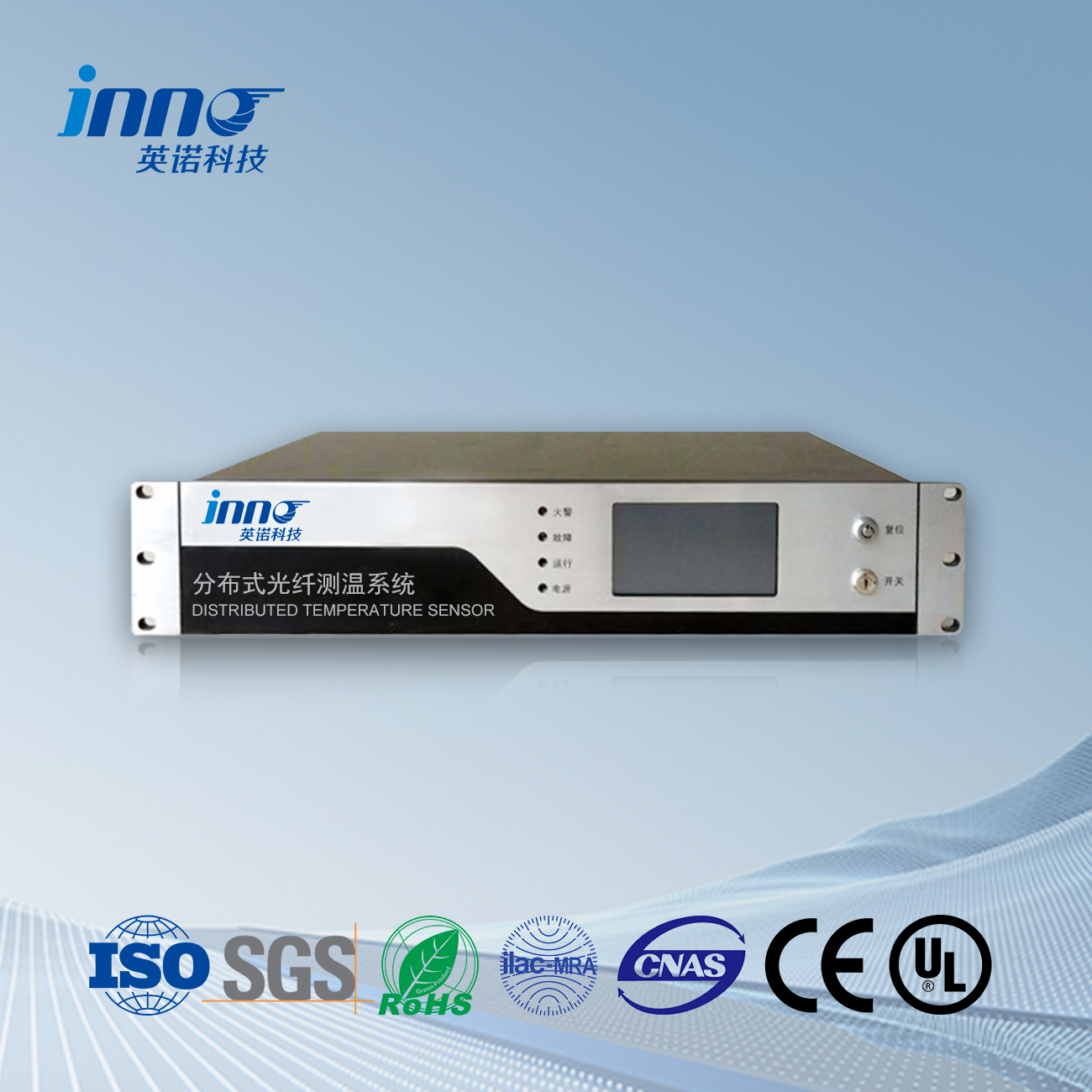Temperature sensors are fundamental components in countless applications, ranging from everyday appliances to sophisticated industrial processes and scientific research. These devices measure temperature, providing crucial data for control, Überwachung, safety, and optimization. This comprehensive guide explores the diverse world of Temperatursensoren, covering their underlying principles, various types, selection criteria, applications, calibration, and future trends.
Inhaltsverzeichnis
1. Einleitung
Temperature is a fundamental physical property that describes the degree of hotness or coldness of an object or system. Genau Temperaturmessung is essential in a vast array of applications, from controlling the temperature in our homes and ovens to monitoring critical processes in industries like manufacturing, Luft- und Raumfahrt, and healthcare. Temperature sensors are the devices that make this measurement possible, converting thermal energy into a measurable signal, typically an electrical voltage or resistance.
2. Principles of Temperature Measurement
Temperature measurement relies on various physical phenomena that change predictably with temperature. These include:
- Thermoelectric Effect (Seebeck Effect): When two dissimilar metals are joined together, a voltage is generated that is proportional to the temperature difference between the junctions. This is the principle behind thermocouples.
- Resistance Change: Das electrical resistance of most materials changes with temperature. Resistance Temperature Detectors (RTDs) and thermistors utilize this principle.
- Thermal Expansion: Materials expand or contract with changes in temperature. Bimetallic strips, used in some thermostats, exploit this property.
- Infrared Radiation: All objects emit infrared radiation, the intensity and wavelength of which are related to temperature. Infrared thermometers measure this radiation.
- Resonant Frequency Change: The resonant frequency of certain crystals (zum Beispiel., quartz) changes with temperature.
- Fluorescence Decay: The decay time of fluorescence emitted by certain materials changes with temperature. This is used in faseroptische Temperatursensoren.
- Semiconductor Junction Voltage: The forward voltage drop across a semiconductor diode is temperature-dependent.
3. Types of Temperature Sensors
A wide variety of Temperatursensoren exist, Jeder mit seinen eigenen Vorteilen, Benachteiligungen, and suitable applications. The most common types include:
3.1 Thermoelemente
- Principle: Seebeck-Effekt (thermoelectric effect).
- Construction: Two dissimilar metal wires joined at one end (das “hot junction”).
- Arten: Various types (zum Beispiel., Type K, J, T, E, N, S, R, B) with different metal combinations and temperature ranges.
- Advantages: Wide temperature range, rugged, relatively inexpensive, self-powered.
- Disadvantages: Lower accuracy than RTDs and thermistors, require cold junction compensation.
- Anträge: Industrial processes, furnaces, engines, gas turbines.
3.2 Resistance Temperature Detectors (RTDs)
- Principle: Change in electrical resistance of a metal (usually platinum) with temperature.
- Construction: A fine wire (often platinum) wound on a ceramic or glass core.
- Arten: PT100 (100 Ohm bei 0°C) and PT1000 (1000 Ohm bei 0°C) are the most common.
- Advantages: High accuracy, good stability, wide temperature range.
- Disadvantages: More expensive than thermocouples, self-heating can affect accuracy, slower response time than thermocouples.
- Anträge: Industrial process control, HVAC, laboratory measurements.
3.3 Thermistoren
- Principle: Change in electrical resistance of a semiconductor material with temperature.
- Construction: A small bead, disc, or rod made of a metal oxide semiconductor.
- Arten: NTC (Negativer Temperaturkoeffizient) and PTC (Positiver Temperaturkoeffizient). NTC thermistors decrease in resistance with increasing temperature, while PTC thermistors increase in resistance.
- Advantages: Hohe Empfindlichkeit, fast response time, relatively inexpensive.
- Disadvantages: Begrenzter Temperaturbereich, non-linear response, self-heating can affect accuracy.
- Anträge: Temperature compensation, inrush current limiting, medical devices, selbstfahrend.
3.4 Infrarot (IR) Thermometers
- Principle: Measure infrared radiation emitted by an object.
- Construction: A lens focuses infrared radiation onto a detector (zum Beispiel., a thermopile).
- Advantages: Berührungslose Messung, fast response time, can measure moving objects or objects in hazardous environments.
- Disadvantages: Accuracy depends on emissivity of the object, can be affected by ambient conditions (zum Beispiel., Staub, smoke), limited to surface temperature measurement.
- Anträge: Food safety, industrial process monitoring, medical diagnostics, HVAC.
3.5 Bimetallic Thermometers
- Principle: Thermal expansion of two different metals bonded together.
- Construction: Two strips of different metals (with different thermal expansion coefficients) bonded together.
- Advantages: Simple, inexpensive, robust, no external power required.
- Disadvantages: Geringere Genauigkeit, slow response time, limited temperature range.
- Anträge: Thermostats, oven thermometers, Leistungsschalter.
3.6 Semiconductor Temperature Sensors
- Principle: Temperature dependence of the forward voltage drop across a semiconductor diode or transistor.
- Construction: Integrated circuit (IC) containing a diode or transistor.
- Advantages: Linear output, hohe Genauigkeit, Kleinformat, niedrige Kosten.
- Disadvantages: Begrenzter Temperaturbereich, require external power.
- Anträge: Computer systems, electronic devices, selbstfahrend.
3.7 Fiber Optic Temperature Sensors
- Principle: Various principles, including fluorescence decay, blackbody radiation, and changes in light scattering properties.
- Construction: Optical fiber with a sensing element at the tip or along its length.
- Advantages: Immunity to EMI, hohe Genauigkeit, Kleinformat, can be used in harsh environments, Verteilte Sensorik capability (measuring temperature along the entire length of the fiber).
- Disadvantages: Higher cost than some other types, require specialized instrumentation.
- Anträge: Macht Transformatoren, Luft- und Raumfahrt, medical devices, structural monitoring.
3.8 Thermochromic Materials
- Principle: Change in color with temperature.
- Construction: Liquid crystals or leuco dyes that change color at specific temperatures.
- Advantages: Visual indication of temperature, inexpensive, easy to use.
- Disadvantages: Geringere Genauigkeit, limited temperature range, can be affected by UV light and chemicals.
- Anträge: Forehead thermometers, room thermometers, food safety indicators.
4. Sensor Selection Criteria
Choosing the right Temperatursensor for a specific application requires careful consideration of several factors:
- Temperaturbereich: The sensor must be able to operate within the expected temperature range of the application.
- Genauigkeit: The required level of accuracy depends on the application. Precision measurements require more accurate sensors.
- Antwortzeit: How quickly the sensor responds to changes in temperature. Fast response times are critical in some applications.
- Environmental Conditions: Das sensor must be able to withstand the environmental conditions of the application, including humidity, Druck, Schwingung, and exposure to chemicals.
- Cost: The cost of the sensor must be considered within the overall budget of the project.
- Size and Mounting: Das sensor’s size and mounting requirements must be compatible with the application.
- Output Signal: The sensor’s output signal (zum Beispiel., voltage, Widerstand, Strömung) must be compatible with the data acquisition system.
- Long-Term Stability: How well the sensor maintains its accuracy over time.
- Self-Heating: Some sensors (zum Beispiel., RTDs, thermistoren) generate heat, which can affect their accuracy. This effect must be minimized or compensated for.
- Contact vs. Non-Contact: Determine if direct contact with the measured object is required or if a non-contact method (like infrared) is suitable.
5. Applications of Temperature Sensors
Temperature sensors are used in a vast and diverse range of applications, einschließlich:
- HVAC (Heating, Ventilation, and Air Conditioning): Controlling temperature in buildings and homes.
- Selbstfahrend: Monitoring engine temperature, coolant temperature, and exhaust gas temperature.
- Industrial Process Control: Monitoring and controlling temperature in manufacturing processes, chemical reactions, and power generation.
- Food and Beverage Industry: Ensuring food safety and quality during processing, storage, and transportation.
- Medical Devices: Monitoring body temperature, controlling the temperature of medical equipment, and in diagnostic procedures.
- Aerospace: Monitoring temperature in aircraft engines, spacecraft, and satellites.
- Consumer Electronics: Temperaturregelung in ovens, refrigerators, and other appliances.
- Environmental Monitoring: Measuring air temperature, water temperature, and soil temperature.
- Scientific Research: Genau Temperaturmessung in laboratories and research facilities.
- Agriculture: Monitoring greenhouse temperatures, soil temperatures, and crop storage conditions.
- Energy Management: Optimizing energy consumption by monitoring and controlling temperature in buildings and industrial processes.
6. Calibration and Accuracy
To ensure accurate temperature measurements, temperature sensors must be calibrated regularly. Calibration involves comparing the sensor’s output to a known temperature standard and adjusting the sensor or its associated instrumentation to match the standard.
* **Calibration Standards:** Traceable to national or international standards (zum Beispiel., NIST in the USA, NPL in the UK).
* **Calibration Methods:**
* **Fixed-Point Calibration:** Using fixed points on the International Temperature Scale of 1990 (ITS-90), such as the triple point of water (0.01°C).
* **Comparison Calibration:** Comparing the sensor’s output to a calibrated reference thermometer in a controlled temperature bath or furnace.
* **Calibration Frequency:** Depends on the sensor type, Anwendung, and required accuracy. Critical applications may require more frequent calibration.
* **Uncertainty:** Every measurement has an associated uncertainty. Calibration helps to quantify and minimize this uncertainty.
7. Installation Considerations
Proper installation is crucial for accurate and reliable temperature measurements. Key considerations include:
- Thermal Contact: For contact sensors, ensure good thermal contact between the sensor and the object being measured. Use thermal paste or appropriate mounting hardware.
- Immersion Depth: For immersion sensors (zum Beispiel., RTDs, Thermoelemente), ensure sufficient immersion depth to minimize stem conduction errors.
- Environmental Protection: Protect the sensor from harsh environmental conditions (zum Beispiel., moisture, Schwingung, corrosive chemicals) using appropriate enclosures or sheaths.
- Wiring and Connections: Use appropriate wiring and connections to minimize electrical noise and signal loss. For thermocouples, use the correct type of extension wire.
- Location: Choose a representative location for the sensor that accurately reflects the temperature of interest. Avoid locations near heat sources or drafts that could bias the measurement.
- Radiation Shielding: In outdoor applications, use a radiation shield to protect the sensor from direct sunlight, which can cause artificially high readings.
8. Future Trends
The field of Temperatursensoren is constantly evolving, with ongoing research and development leading to new technologies and improved performance. Some key trends include:
- Miniaturization: Development of smaller and more compact sensors for applications where space is limited.
- Wireless Sensors: Integration of wireless communication capabilities for remote monitoring and data logging.
- Smart Sensors: Sensors with embedded processing capabilities for data analysis, self-calibration, and communication with other devices.
- Energy Harvesting: Sensors that can harvest energy from their environment (zum Beispiel., Schwingung, light, Temperaturunterschiede) to power themselves, eliminating the need for batteries.
- Flexible and Stretchable Sensors: Development of sensors that can be bent, stretched, and conformed to curved surfaces.
- Biocompatible Sensors: Sensors designed for use in medical and biological applications.
- Advanced Materials: Use of new materials, such as nanomaterials and polymers, to improve sensor performance and create new sensing capabilities.
- Verteilte faseroptische Sensorik: Continued development of verteilte faseroptische Sensoren for long-distance, continuous temperature monitoring.
- Improved Accuracy and Stability: Ongoing efforts to improve the accuracy and long-term stability of temperature sensors.
9. Schlussfolgerung
Temperature sensors are indispensable tools in a wide range of applications, providing critical data for control, Überwachung, and safety. Understanding the different types of sensors, their operating principles, selection criteria, and proper installation techniques is essential for obtaining accurate and reliable temperature measurements. As technology continues to advance, we can expect to see even more sophisticated and versatile Temperatursensoren emerge, enabling new applications and improving performance in existing ones.
Faseroptischer Temperatursensor, Intelligentes Überwachungssystem, Verteilter Glasfaserhersteller in China
 |
 |
 |
 INNO faseroptische Temperatursensoren ,Temperaturüberwachungssysteme.
INNO faseroptische Temperatursensoren ,Temperaturüberwachungssysteme.
